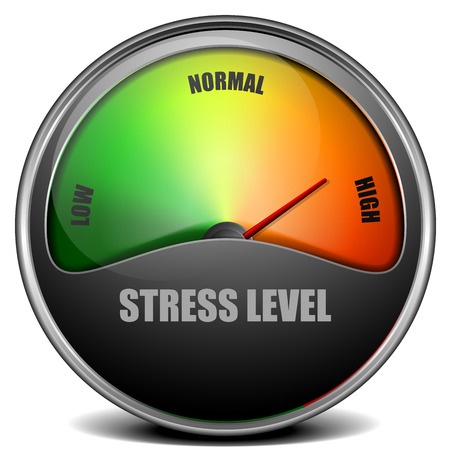This Life Change Stress Test is an interactive version of the Holmes-Rahe Stress Inventory.
In the late 1960s, two psychiatrists, Richard Rahe and Thomas Holmes, set out to determine how stressful life changes affected health via the stress response. They did this by examining more than 5,000 patient records to see if they could correlate stressful life events with illness. The result was the Social Readjustment Rating Scale, also known as the Holmes-Rahe Stress Inventory. It measures the amount of change in one’s life that may affect stress levels. It assigns a weighted numerical value to each stressful event based on its statistical effects on human health. Rahe performed follow-up research that backed up earlier findings.
The inventory lists both positive and negative changes that can cause stress.

Stress can lead to numerous physiological changes. When you experience stress, your body releases many chemicals and hormones, such as cortisol and adrenaline, which prepare you for fight or flight. This type of response is a natural part of human physiology. It occurs to allow you to react to a perceived physical threat, according to the Mayo Clinic. This causes a number of changes including elevated heart rate and respiration, suppression of the digestive system, increased blood flow, and immunosuppression.
Throughout your life, you’re likely to experience both change and stress many times. You can learn to have control over how you react to change and how you allow it to impact you. You can also learn to effectively deal with the associated stress. – lovetoknowhealth.com
We hope you enjoy and learn from the Life Change Stress Test.
Related Article: Coping with Change
* Please leave a comment below. You may comment anonymously or you may use your first name. We may post or quote your comment on the website. We will never post or share your last name, email address or any other personal identifying information.

